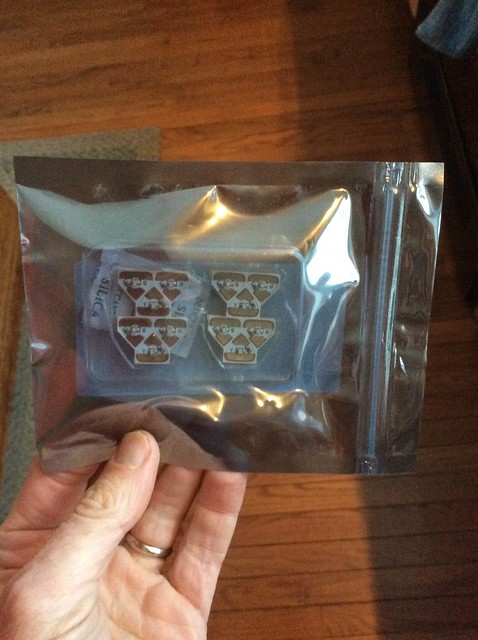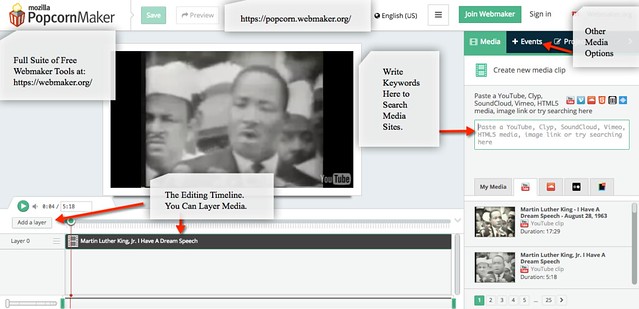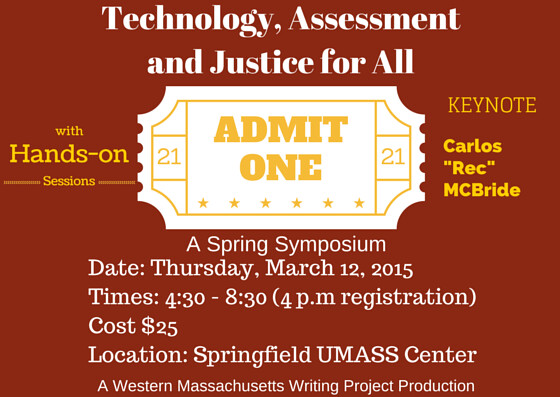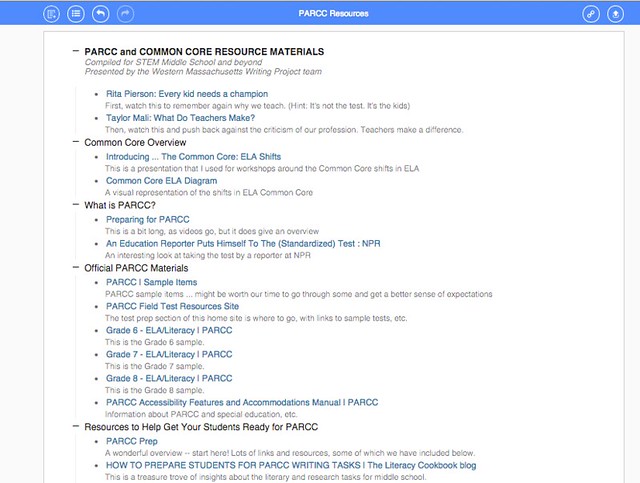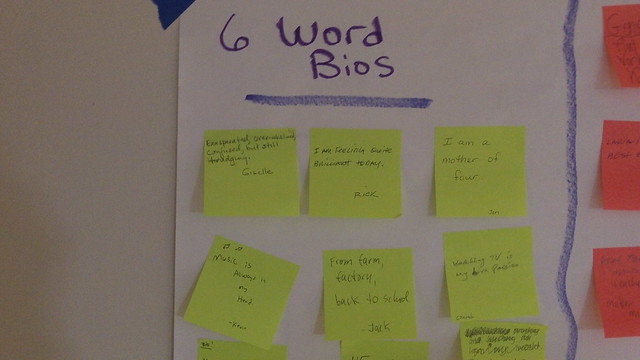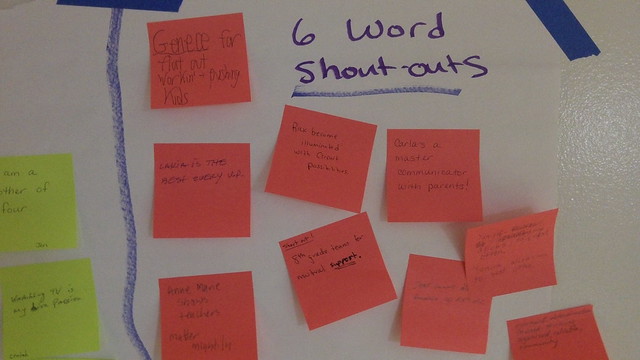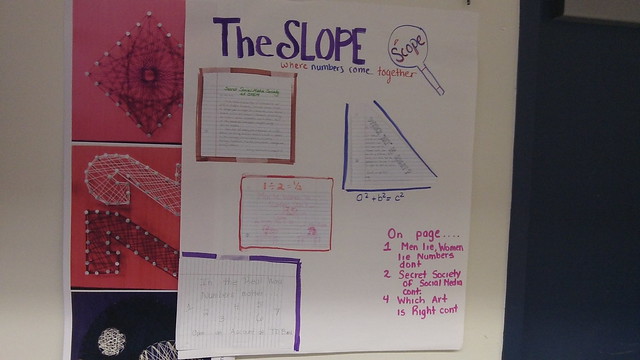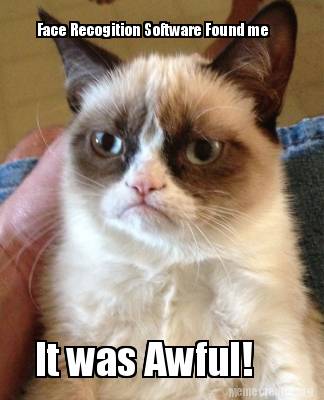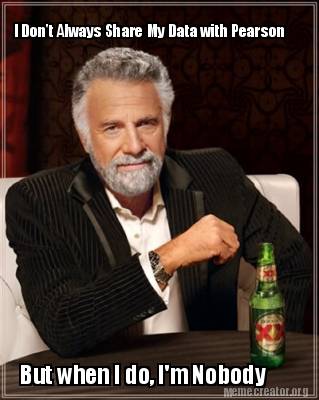The topic at the Connected Courses is all on the topic of access, equity and diversity. While I know the lens is to think about how to build and facilitate online learning spaces that reflect these values, the theme and topic got me thinking about my Western Massachusetts Writing Project. A number of years ago, we were involved in the National Writing Project’s Project Outreach initiative as a way to do some soul-searching about the teachers we were reaching (or not reaching) and the students who were being impacted by our PD programs (or not being impacted).
WMWP Project Outreach from Mr. Hodgson on Vimeo.
The study looked at regional demographics, socio-economics, membership in our local writing project, surveys and written reflections of various people within the writing project and beyond the writing project, and so much more. The result of all that work were clear signs that we were not doing enough to target our urban centers and our teachers of color, and therefore, the students in those urban and rural schools, particularly where poverty was a significant issue. We had some changes to make if we believed we needed to reach a wider audience with our work.
These days, as we consider PD programs for schools and teachers, we now make sure we consider issues of equity and access as part of our criteria. We moved some of our WMWP board meetings into a nearby urban center, away from the University of Massachusetts. We are using NWP funding for PD programs targeted for schools in underserved areas with struggling socio-economic issues.
These insights also led to the collaborative writing of a Vision Statement aimed to reflect a diverse stand.
The mission of the Western Massachusetts Writing Project, a local site of the National Writing Project, is to create a professional community where teachers and other educators feel welcomed to come together to deepen individual and collective experiences as writers and our understanding of teaching and learning in order to challenge and transform our practice. Our aim is to improve learning in our schools — urban, rural and suburban.
Professional development provided by the Western Massachusetts Writing Project values reflection and inquiry and is built on teacher knowledge, expertise, and leadership.
Central to our mission is the development of programs and opportunities that are accessible and relevant to teachers, students, and their families from diverse backgrounds, paying attention to issues of race, gender, language, class and culture and how these are linked to teaching and learning.

But I have to say, the push into social justice and the guiding of our writing project into themes of equity and access and diversity has not been without its cost. We’ve lost long-time writing project members who worry that the original mission of helping teachers and their students with writing has been sidelines by the push into a more politicized stance. Some have grown a bit weary of the constant social justice themes. These are not educators who don’t believe in these issues, just that by making them so visible and so constant, we’ve made those themes the emerging identity of the writing project.
Frankly, I find myself mixed on the whole issue. I do believe in increasing access, instilling equity in the educational system and fostering diversity so that we have different points from which to connect and speak. I strongly believe in the ethos of the National Writing Project, of teachers teaching teachers. I hope that the work we do filters down into the classrooms of urban, rural and suburban communities, nurturing a generation of strong writers. I think that our writing project’s advocacy against standardized testing as the sole measure of student growth and, possibly, teacher evaluations is commendable.
We’re planning a spring symposium right now that meshes issues of technology, social justice and educational assessment issues under one roof for discussions and workshops and break-out sessions, and conversations. We’re even trying to hold the symposium in a new UMass facility that just opened up in the large urban center of our region.
Still, when many discussions come filtered through the social justice lens, it can feel as if the “writing” part of things and the “teaching” elements get lost in the rhetorical shuffle, replaced by a political action lens. And to be honest, the teachers we are most trying to reach with our social justice themes are swamped with other requirements for their profession. Adding a symposium or weekend event to their over-worked schedule is tricky and requires a bit of public relations/media savviness of our part. We need to make the offering practical while also diving deep into some sensitive issues.
The topics of “access, equity, diversity” are so highly rhetorically-charged in education that we sometimes lose sight of the kids, struggling to learn in classrooms in schools without enough resources. And don’t forget the teachers, our colleagues who are stressed by the increasing strain of data collection and growth charts. It’s all about the balance.
Peace (in the think),
Kevin


